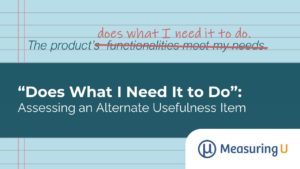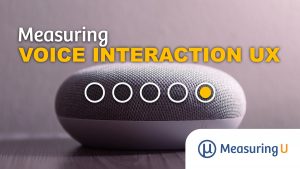
The Variability and Reliability of Standardized UX Scales
In an earlier article, we examined a large dataset of rating scale data. After analyzing over 100,000 individual responses from 4,048 multipoint items across 25 studies, we reported the typical standard deviations for five-, seven-, and eleven-point items. We found that the average standard deviation tended to be around 25% of the maximum range of








